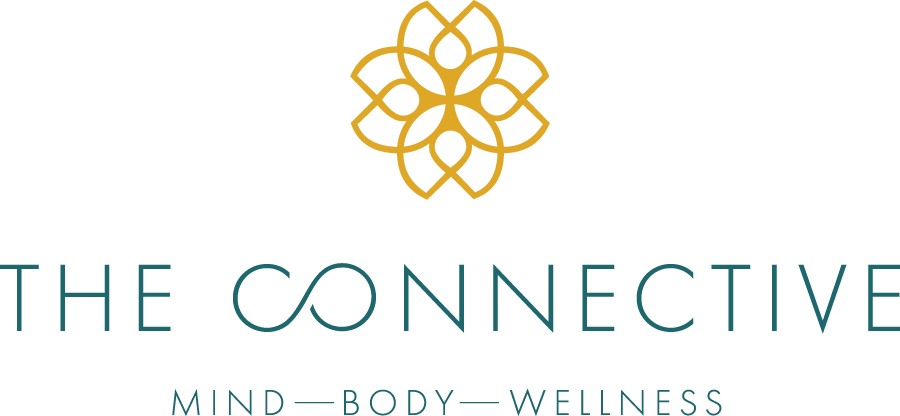
EMDR
“Trauma creates change you don't choose. Healing is about creating the change you do choose”
– Michelle Rosenthal
What is EMDR?
EMDR is short for Eye Movement Desensitization and Reprocessing (EMDR). This is a therapeutic technique used to treat distressing symptoms experienced as a result of a traumatic event. EMDR was first discovered in 1987 by Francine Shapiro and primarily used for treating Post Traumatic Stress Disorder. After empirical studies began in 1989, the protocol evolved to treat a variety of symptoms, diagnoses and negative belief patterns associated with memories of traumatic experiences.
How does EMDR work?
The process of EMDR is a structured protocol involving specific guidelines for cognitive talk therapy combined with bilateral stimulation (BLS). Bilateral stimulation is anything that stimulates the senses in your body from one side of your body to the other, back and forth. For example, walking or rocking side to side are both forms of BLS. EMDR therapists use various different kinds of bilateral stimulation such as: eye movement (using a wand or light bar), gentle tapping on the body, the use of buzzers that vibrate, and alternating sound tones through headphones. Bilateral stimulation is not painful in anyway and can actually be quite relaxing! BLS is used to help keep the body regulated as you “re-process” the distressing experiences of a trauma.
During EMDR processing, the distress of traumatic memories is eliminated and the negative beliefs attached to them are reprocessed with healthier, positive beliefs in their place.
When a memory is later recalled, the content of the memory has not been changed, but rather the emotional or physical distress and negative beliefs associated with the memory are no longer present. That’s the part that feels like magic!
How long will it take to feel better?
EMDR is an 8-phase treatment that encompasses history taking, building of positive resources, processing of memories (which can include multiple phases) and an evaluation/assessment of your progress in treatment. The effectiveness of EMDR is incredible!
Once processing begins, clients will often report starting to feel better after just one session. However, EMDR is not a one-session cure-all by any means. It typically takes between 6-14 sessions to feel relieved of the distress of a specific trauma memory or experience.
How effective is EMDR?
EMDR therapy is an evidence based practice and has shown to be more effective than placebo treatments, and to treatments not specifically designed for PTSD. EMDR has outperformed active listening, cognitive, psychodynamic, or behavioral therapy and relaxation training with biofeedback. You can find studies that compare EMDR to other treatments here. Post treatment follow up studies have shown the effects of treatment to be long-lasting.
Can any Therapist use EMDR with their clients?
Unfortunately, no. EMDR must be practiced by a licensed clinician who has completed additional trainings specifically for EMDR and participated in consultation hours with a seasoned EMDR practitioner.
Here are the practitioner who are currently practicing EMDR at The Connective:

Therapy services are available both in-person and virtually.
